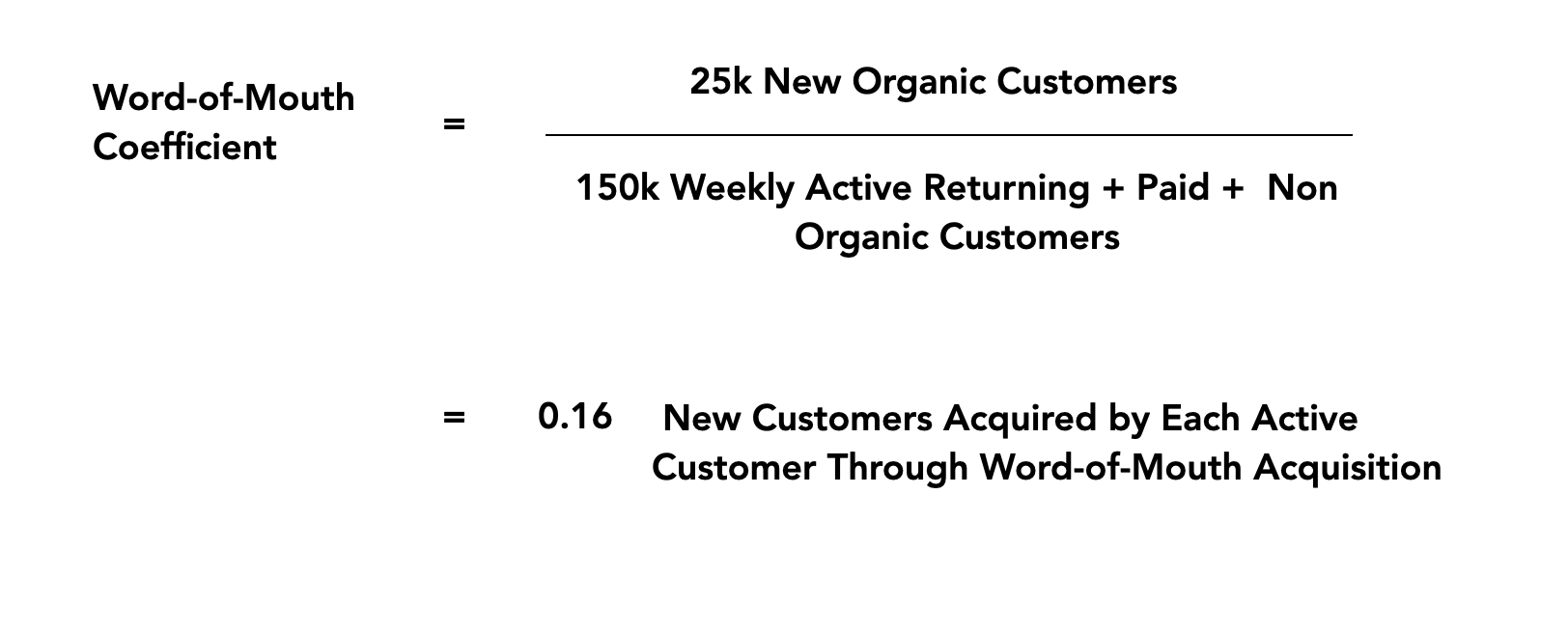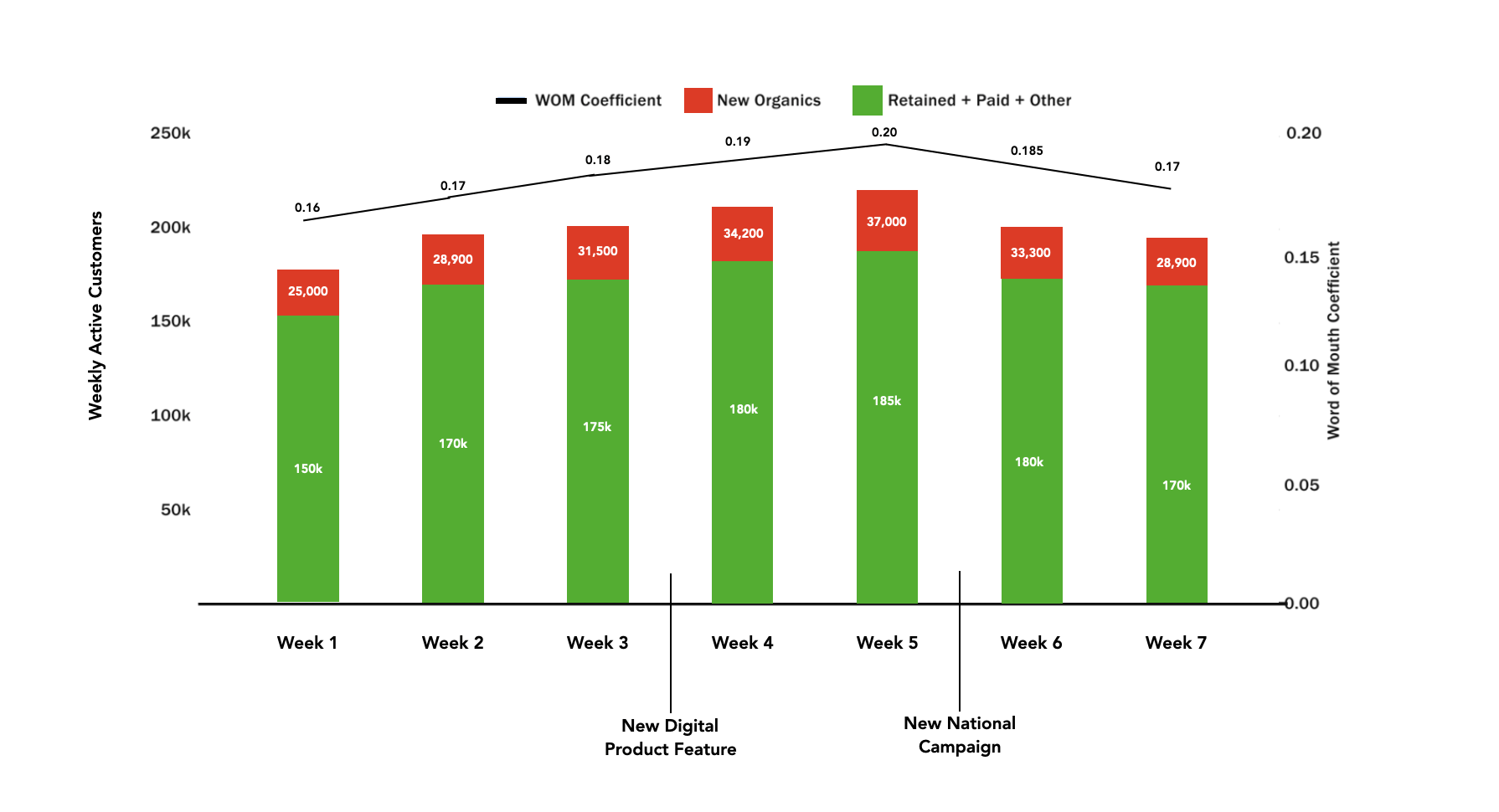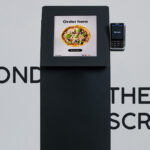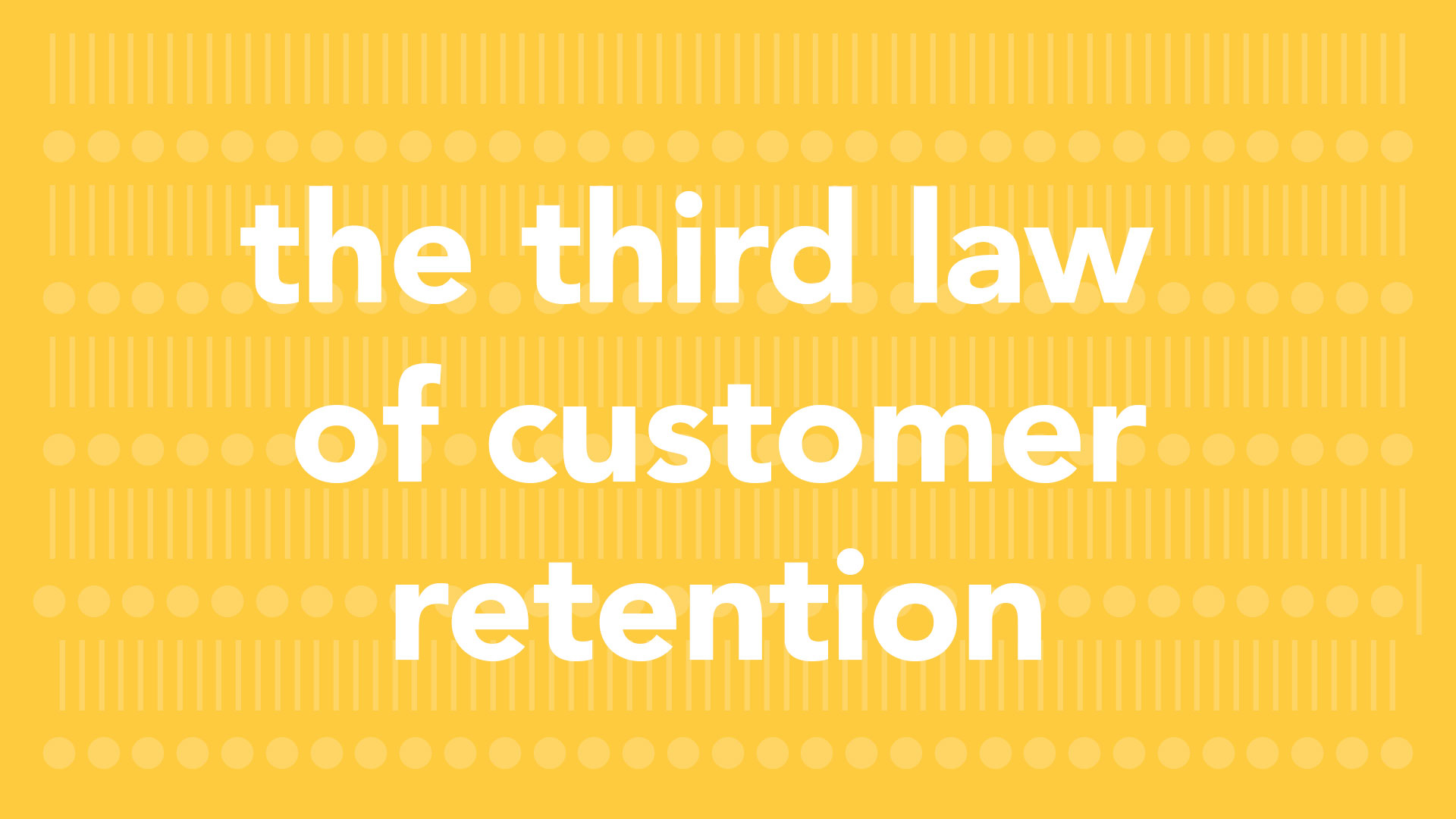Published by
Retained Customers Are The Growth Engine Behind Organic Customer Growth
In The First Law of Customer Retention (previously published here), we defined retention and provided an equation which helps determine the probability of whether or not a customer will be retained. In The Second Law of Customer Retention (previously published here), we showed that customer retention is not a single moment in time, but rather constantly changing states triggered by the actions people take in response to digital and physical experiences over the course of their relationship with a business.
As a reminder, we learned in the Second Law that the final stage of The Customer Retention Lifecycle is a repeat transaction, ad view, or workflow completion which moves a customer into a retention state of “power”. These customers have proven their loyalty to your brand as they continue to come back time and time again and form the basis of your “long-term retained customer base”. The reason these customers are so valuable is about more than the return on the effort it took to get them there. These same customers are also the growth engine behind your organic growth because these customers are highly likely to also be advocates for your business, telling other potential customers about the positive experience they have had.
This effect is more commonly understood as “word-of-mouth” acquisition and is notoriously hard to measure and influence as most of this social sharing occurs offline, leaving us blind to the majority of these interactions(1). In order to measure this effect consistently across your business and customer experience, we must look to an abstraction that we can measure which gives us an indicator as to how we are performing here and if any changes in the business or customer experience result in positive or negative growth.
So, what is this measurable abstraction that gives us this insight and what is the justification for its validity? We mentioned earlier that the driving force behind new organic customer growth are long-term retained customers who talk about their positive experience with other people. If we assume that on average a retained customer talks about their experience with family and friends at a consistent rate, we can define a simple relationship between the number of organic customers that are added at each defined interval. This assumption and relationship is defined as follows:

What this equation is telling us is the number of new organic customers that are added to the businesses’ ecosystem for each active customer currently in the ecosystem over the time interval defined (day, week, month, etc.). It is a ratio that can be used to predict the number of customers acquired through word-of-mouth acquisition and can be used to measure the impact of efforts to improve it. (1)
Let’s consider a blockchain and cryptocurrency services company as an example of how this equation is used in practice. Let’s assume during a single week this business has 150k in active returning, paid and non-organic customers in the product experience. Further, let’s assume that during this same week there were 25k new organic customers seen in the business’s product experience.
The Word-of-Mouth Coefficient for this given week for this business would be as follows:

This metric taken over time can start to paint a picture that trends and forecasts can be developed around. Further, this baseline can be used in parallel with graph annotations which detail changes in the business and/or product experience to determine if said change had a positive or negative impact.

From the graph, we can see an example of the Word-of-Mouth Coefficient expanded over time with two important annotations marking two events that impacted the customer experience during the same time intervals we are interested in. Notice that the Word-of-Mouth Coefficient increases from 0.18 to 0.19 between week 3 and 4. We can conclude that the introduction of this feature had a positive impact on increasing the word-of-mouth effect and should be permanent. On the other hand, we see that the Word-of-Mouth Coefficient drops from 0.2 to 0.185 between weeks 5 and 6 which is when a new national campaign was launched. From this we can conclude this campaign had a negative impact on the customer experience and should be rolled back and evaluated for future interactions.
In summary, the major force behind new organic customer growth are your retained customers who are willing to serve as advocates for your business (mainly among family and friends). “Word-of-mouth acquisition” is real and can be measured by comparing a few existing metrics. This ratio offers busineses a new means to forecast organic customer growth and to measure the impact of business and product changes for iteration and improvement purposes.
Share:
Categories
tags
Related Posts


The Great Big Budget Cut: Prioritization


